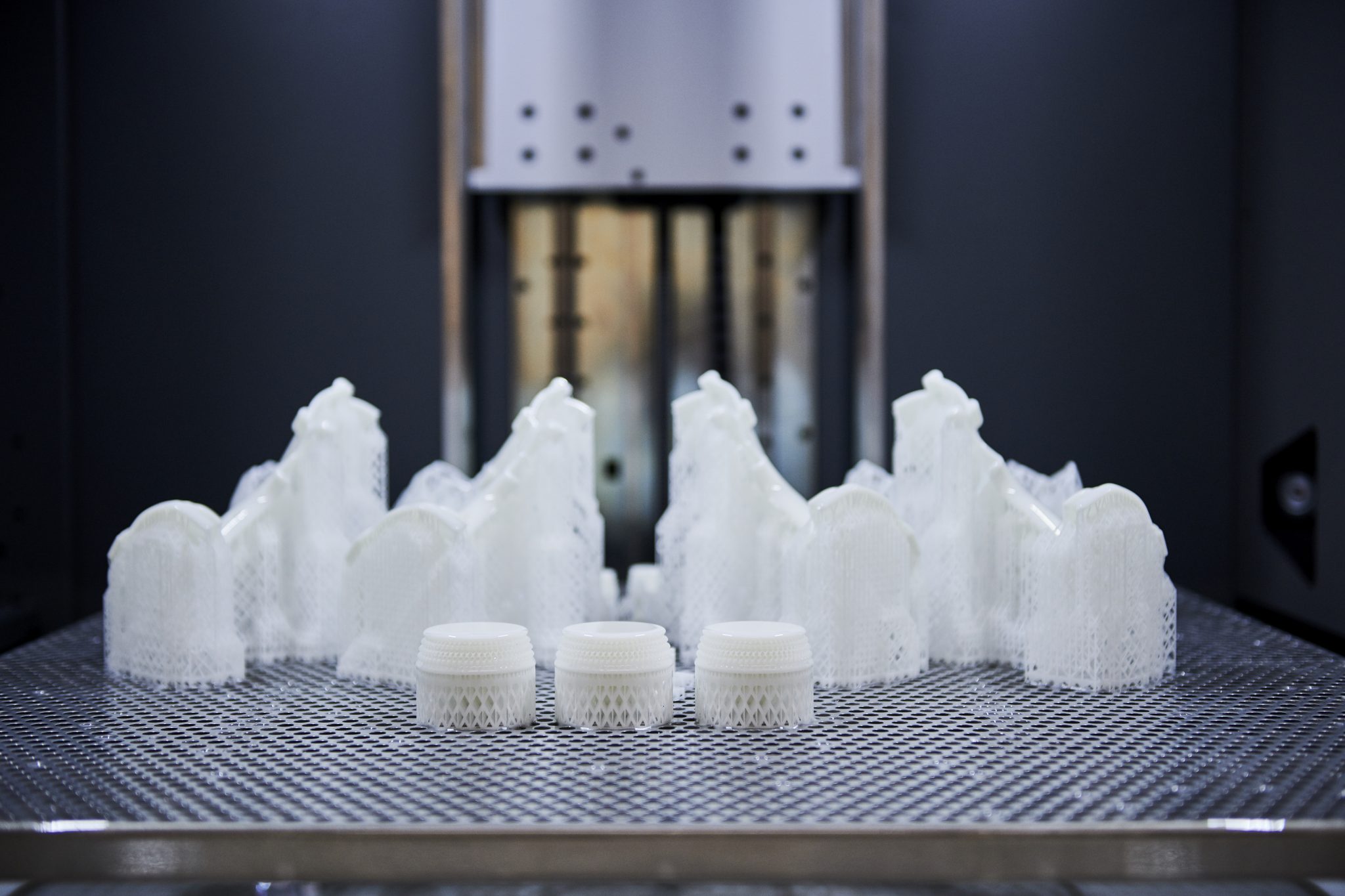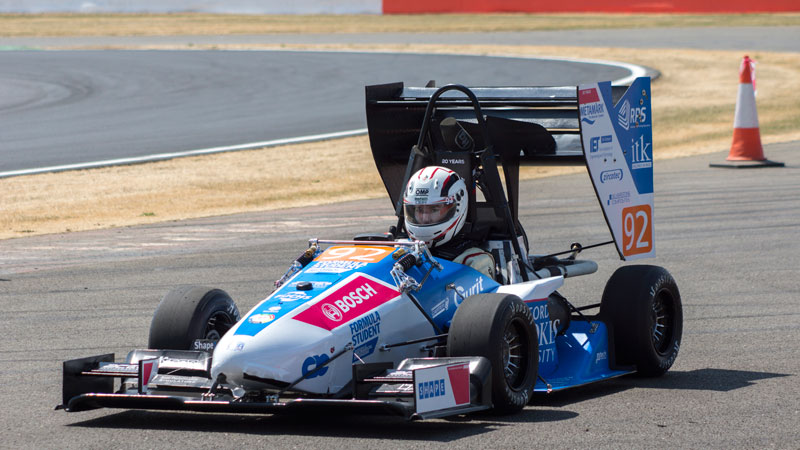RPS, an industrial 3D printing specialist based in the UK, has over 10 years of experience in stereolithography (SL) technologies. RPS began trading as a maintenance and service company for a range of 3D printing systems and has applied its expertise to develop its own additive manufacturing system, the NEO800.
With a focus on quality, speed, accuracy, and the development of new materials, the NEO800, introduced in 2016, offers a “best in class” industrial stereolithography system, developed and manufactured in the UK. 3D Printing Industry visited the RPS demo facility in Aylesbury, Buckinghamshire and spoke with Director, David Storey, to find out more about the large-format SL system.
The NEO800: enabling materials development
According to Storey, materials are the key component driving additive manufacturing in markets such as automotive and aerospace. As a result, the NEO800 was developed with an open materials platform. “Our system is not locked to a specific manufacturer. This allows material development specialists to further research and development. Up until now, this has been a rather closed community.”
The NEO800 is compatible with all 355 nm SL resins and maintains a maximum vat fill capacity of 555 liters (630kg) of material. Storey adds, “Traditionally people who are after functional end-use parts have used the Nylon based materials, however, customer specification demands high-quality surface finishes and accuracy of stereolithography,”
“I believe that the industry is just held back by the materials. [Therefore], the NEO800 provides both high-quality small parts as well as large, textured parts that would otherwise be difficult to manufacture.”

A large-format build envelope for development and rapid prototyping
The print area of the NEO800 is 800 x 800 x 600mm, with the machine measuring 1350 W x 1630 D x 2300 H mm. Storey, detailing the reasoning behind the system’s distinctive size, explained:
“This system is an optimal size for automotive. Most gearboxes and other automotive parts are typically 600mm deep.”
“Installation and shipping were also considered within this system. The top section of the machine detaches for accessibility. We chose to make a machine with the biggest possible build area and the smallest footprint.”

Minimizing post-production and finishing
RPS places value on British manufacturing and has conceptualized and produced the NEO800 within the UK. Due to system’s accurate laser repeatability and a scanning resolution within 1 micron, components are manufactured with high part sidewall quality. Furthermore, finishing and post-processing times are reduced by approximately 50%.

A quality, user-driven system
RPS encourages users to provide feedback on system preferences to ensure the NEO800 software works for their requirements. This feedback drives NEO800 software enhancements, so users can build high quality printed parts without the need for post-processing. The system is also “industry 4.0 compliant” according to Storey, running on RPS’ own Titanium control software. This includes a built-in camera, network connectivity, support remote diagnostics, and mid-build model customization.

Applications of the NEO800
Recognizing its capabilities, Paragon Rapid Technologies, a UK-based 3D printing service bureau, has purchased 3 NEO800 systems for prototyping, tooling, and end-use components. The NEO800 has also been used for materials development at universities within the UK.
Moreover, RPS is aiding the development of future engineers through academic partnerships. Earlier this year, Oxford Brookes University’s student formula team, Oxford Brookes Racing, collaborated with RPS to develop an improved Formula Student car for the 2018 season, dubbed ‘Frankie’.
Printed on the NEO800 using DSM Somos PerFORM resin, molds were created to aid the carbon fiber layup process for the aerodynamics section of the Formula Student vehicle. The 3D printed molds can endure the heat and pressure of an autoclave. This enabled the students to develop a faster process in the production of the aerodynamics section of the vehicle.
As a result of the lightweight vehicle, the team currently holds the 2nd place overall result at Formula Student UK 2018, along with 2nd place in Engineering Design. Several undisclosed European F1 companies are also utilizing the NEO800 system.

With expertise in all areas of 3D printing, customers can contact RPS. RPS will also be attending Europe’s largest 3D printing exhibition Formnext in Messe, Frankfurt, from November 13th-16th 2018.
Visit stand Hall 3.1, stand H79 if you want to find out more about RPS and the NEO800 3D printer, or visit RPS direct at the company’s demo facility in Aylesbury. Find RPS on LinkedIn, Facebook and Twitter here.
For the latest coverage from formnext and all additive manufacturing news subscribe to the 3D Printing Industry newsletter, find us on Facebook and like us on Twitter.
Looking for jobs in engineering? Search open opportunities and apply with 3D Printing Jobs. You can also make a profile to advertise your latest vacancies.
Featured image shows the NEO 800. Photo via RPS.


